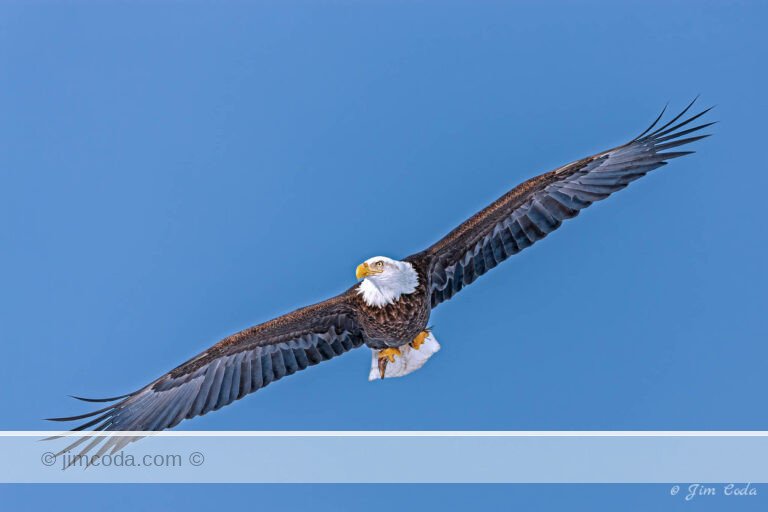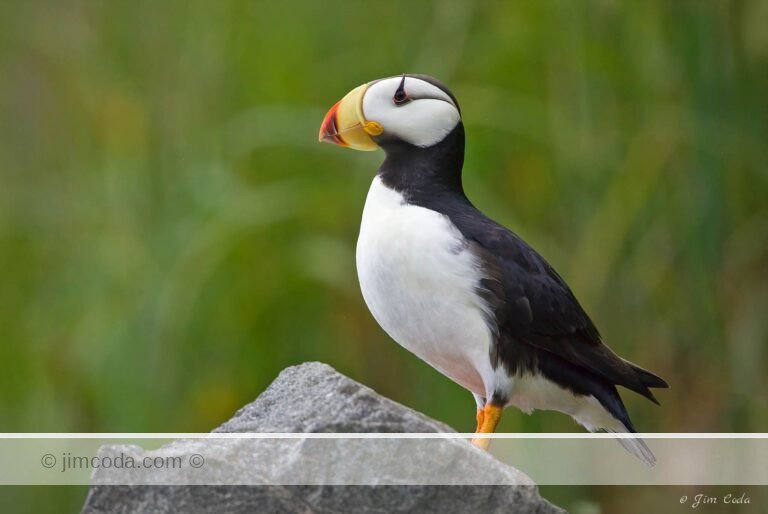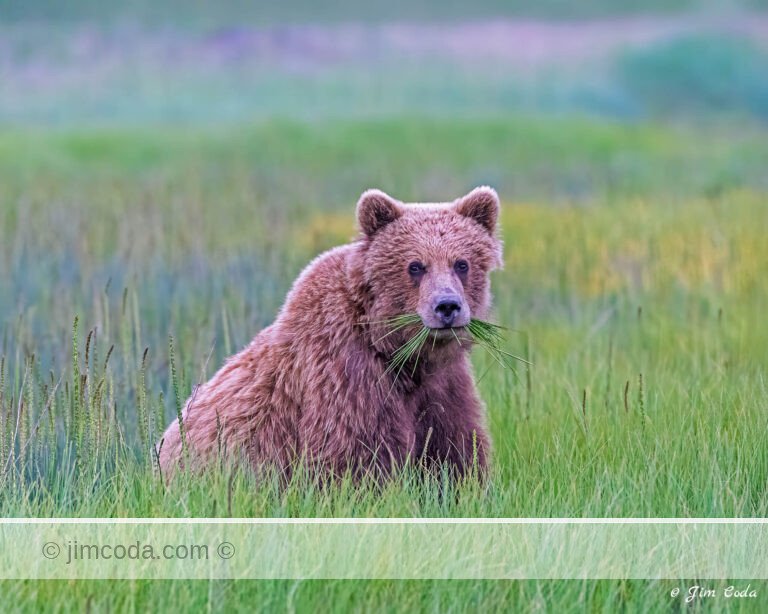Tag: outdoors
“Outta My Way!” “No, outta my way!”
Yesterday’s photo of the elk calf...
One of Many Tule Elk Calves, Pierce Point Ranch
At the end of my most recent day out at Point Reyes I...
Dangerous to Wildlife
A few days ago I wrote about the dangers of baling twine to ospreys. This is what...
Mule Deer Doe, Yellowstone National Park
There are two species of deer in Yellowstone, the mule deer...
On the Look-out
Yellow-bellied marmots are one of the largest rodents in Yellowstone. They are about...
Abandoned by Its Mother
I haven’t ever gone through Grand Teton on my way to or from Yellowstone,...
“This one’s mine.”
The road over Dunraven Pass opened May 29. I didn’t know...
No articles found
Load More Articles
Loading...
Prints for sale
Browse my selection of photos for sale as fine art prints
Filter by category
Sorry, no prints in this category









